
|

|
Wildlife trips have become more than just a break from the workplace for me. It seems to have taken a deep spiritual turn from which there is no turning back. It's like travelling back in time to countless centuries ago when man was still learning to conquer the jungle. These last tracts of wilderness are the small pockets of joy in a corrupt and evil world.
Strange secrets unfold at every corner in a forest as dense as this and unfamiliar sounds are common to the untrained ear. Nothing in this world would make you feel more alive than a walk through the dense evergreen sholas. Very little light penetrates through the thick canopy and the wet mixture of mud and dead leaves give you the wonderful feeling of walking in the wild, only to be disturbed by the feeling of a small leech trying to make it's way up your legs. Brief stops to pull out the leeches are quite common and I must have pulled out at least a hundred of our tiny friends from my legs in the span of a couple of hours.
The trip started off on a rather bad note. Just as we crossed the Karnataka boder into Tamil Nadu, we came across a small village named Shikarmadi (means hunters village) whose inhabitants were standing on the roadsize holding out a dozen live quails each. We stopped by to ask them about the quails and they boldly said that they had been caught in the forest nearby and were selling each one for a paltry twenty five rupees.
|
|
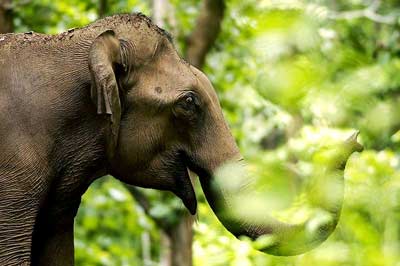
The matriach of a herd of wild elephants inspects the air to invesitage any potential threats or probable feeding grounds.
|
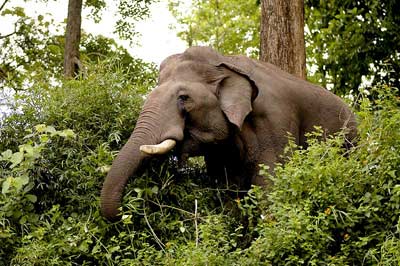
Kaleem. A tusker from the Kozhikamuthi (pronounced Kolikamuthi) elephant camp. He's known to be the strongest captive elephant in that area and was a wild elephant years ago, but was captured since he was declared to be dangerous to humans.
|
|
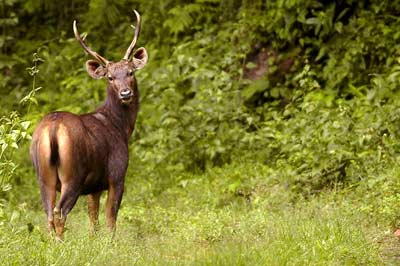
Sambars are the largest deer in India. This one was a handsome male on the edge of a Shola. He paused to look back at us for a second and dashed into the thick forests in a flash.
|
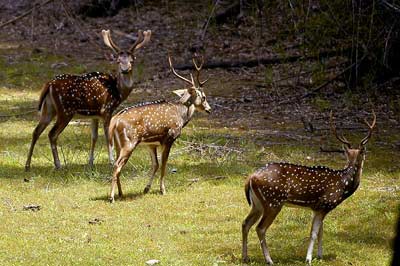
Spotted deer stags on the banks of a reservoir inside the sanctuary. Spotted deer are not so common in the western ghats since they prefer open lands to dense vegetation.
|
|
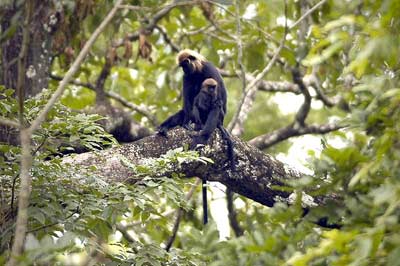
Nilgiri Langur. These large primates are endemic to the southern western ghats and were once hunted for their meat by the tribals. Their population has since recovered and are a common sight in the Anamalais.
|
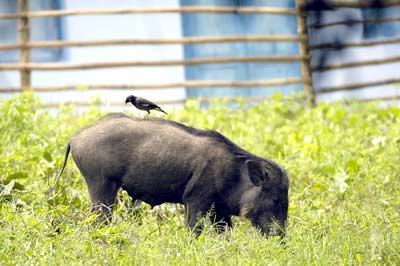
Wild boars have no fear of humans here and are seen very close to human settlements.
|
|
|
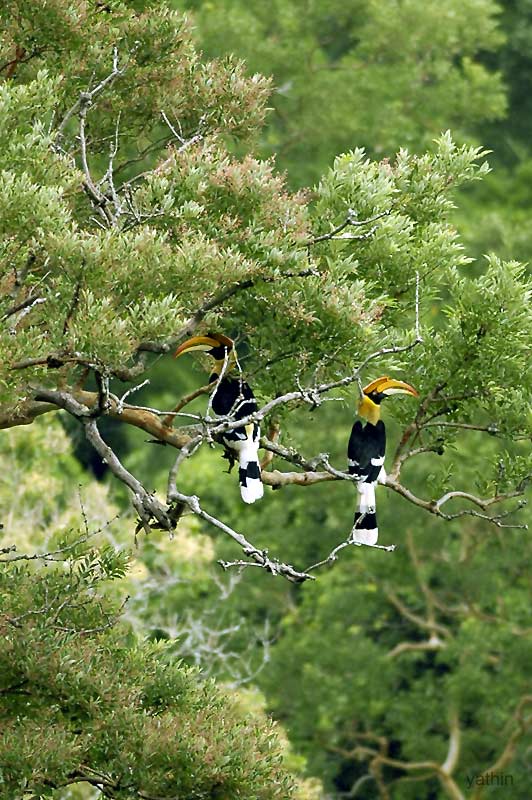
A pair of Great Hornbills.
|
Anamalais is a fantastic place for birding, with scores of birds which are rare or not seen in other parts being quite a frequent sighting here.
The most memorable part of my trip was sighting and photographing the endangered Great Hornbill. It's quite unbelievable that this was my first photograph of a hornbill! I've seen three other relatively common Hornbills before but have never managed to take a photograph of any of them.
The trip began in a quest to try and photograph the elusive Wayanad Laughing Thrush which is sighted often in the Anamalais and is another western ghat endemic. We did get to see it, but photographing it using just a camera is a near impossible task.
The other bird high on the must-see list was the Sri Lanka Frogmouth - a nocturnal bird which is found in the dense forests of southern India and the forests of Sri Lanka. The guides went to look for the birds and came back with some fantastic news that they had also seen an Oriental Bay Owl. The Bay owl was an exciting find since it was thought to be extinct in India until it was re-discovered in 1992. No one knows how many Bay Owls there are and it's apparently a rare sighting.
Anamalais is not as commercialised as some of the other forests I've been to and that's probably because the average Indian traveller wishes to see the tigers and leopards and elephants and it's a pity they don't see the beauty of the birds and butterflies that abound our forests.
|
|
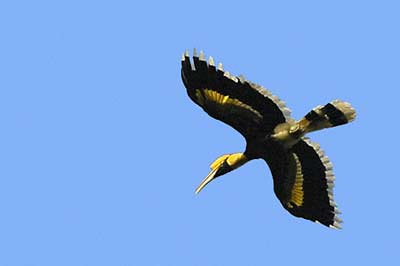
Great Hornbill in flight
|
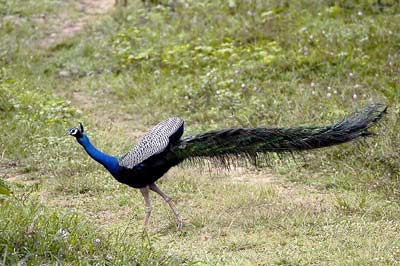
Peacocks are found in the deciduous regions of the forest
|
|
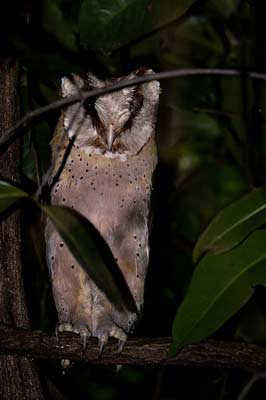
The rare Bay Owl. Re-discovered in India in 1992. We found this one in the Karian Shola. We went really close to take photographs, but still it never flew away. As we had just done taking a few shots, the clouds opened and we had to make a dash for a watch tower nearby with our heavy equipments.
|
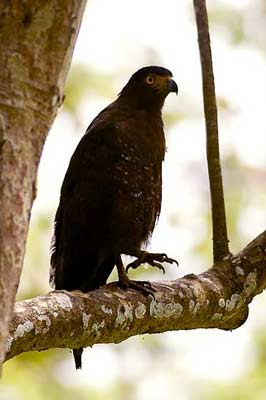
Crested Serpent Eagle. The most common raptor in the Anamalais. Unlike in Bandipur where I've seen them a lot of times, Serpent eagles here are very shy and fly away as soon as they see you approaching them.
|
|
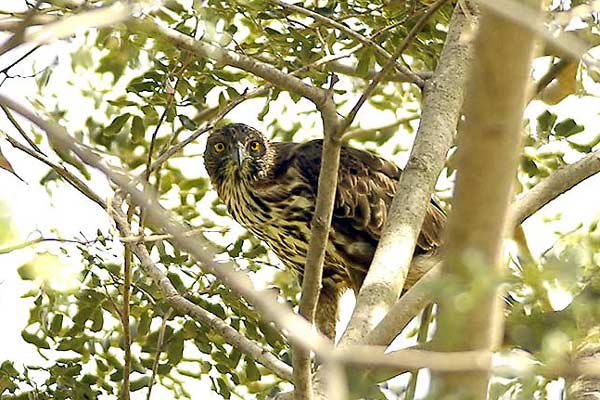
Changeable Hawk Eagle. A large forest eagle and one of my favourites.
|
There's only one thing that I'm really scared of in the forests and that's the Elephants - my favourite animal. It's really strange, but true. And even though I just love to trek through the forests, I somehow get intimidated by the presence of these wonderful animals. However, that didn't deter me from trekking this time and I'm sure the in the future I'm going to enjoy a lot more of these wonderful walks.
Trekking through the Sholas had always been a dream, since I had heard and read so much about the beauty of these evergreen valleys. And the dream lived up to my expectations. We trekked for hours searching for the highly endangered Lion-tailed Macaque wihtout any success. During the trek we came across hundreds of leeches, very large trees, strange insects and one beautiful stream. The stream had footprints of a wide variety of animals including elephants and gaur. We even heard a gaur calling at some distance but never got to see it.
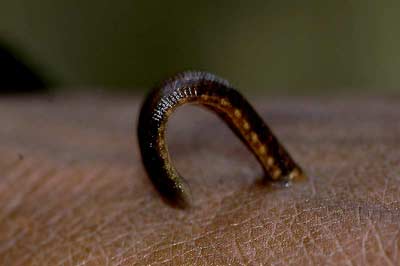
A Leech
|
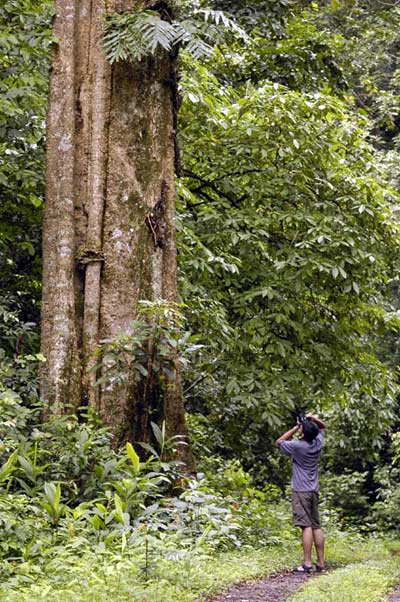
Kalyan in the Anagundi Shola
|
|

Some insects from the Anamalais
|
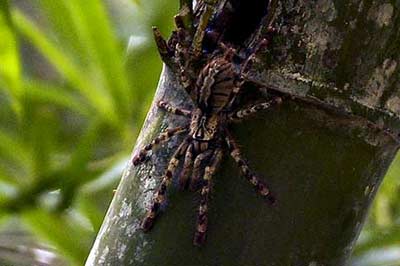
Tiger spider
|
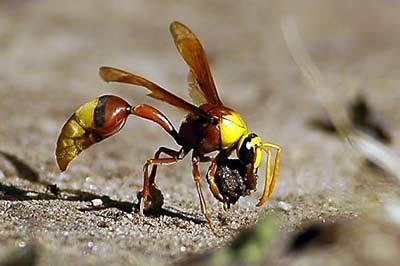
Tiger Wasp
|
|
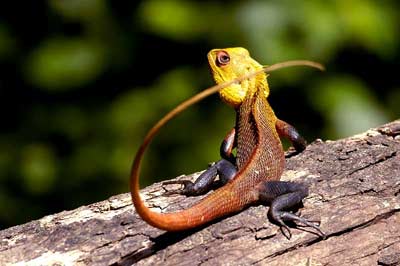
Rock Agama.
|
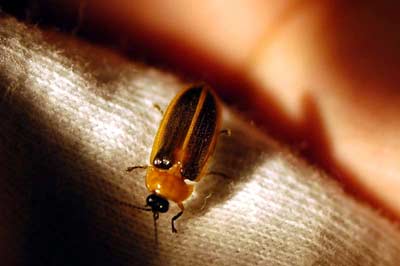
Firefly! The light of the forest.
|
|

A Butterfly.
|
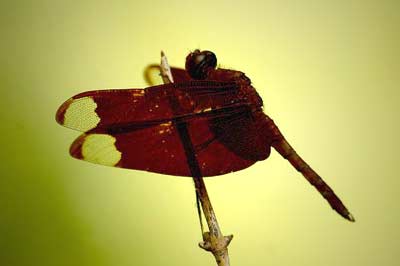
A Dragon Fly
|
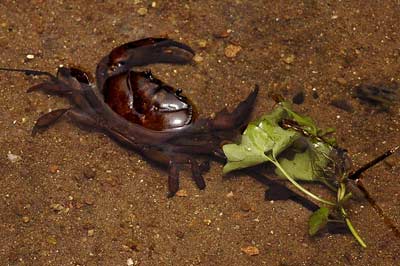
A giant crab in a forest stream
|
|
|
The real specialty of this trip was the 4 nights we spent right in the middle of the forest. No lights. No Music. No electricity. Sitting in the verandah of Mount Stuart staring into the darkness which would ocassionally light up with countless thousands of fireflies and listening to silence is one of the best things to do. It was just the four of us and the cook, right in the middle of the forest, in a 120 year old house, with just a door with a small aluminium latch between us and the wildlife!
My appetite seemed to increase a hundred times with all the daytime activities. The food is simple but very well cooked. I've never eaten softer puris or tastier curry and we were all quite amazed that tribal cooks who probably have never been to a city could cook so well! After food, it was time for a small chat in the verandah and get to bed in total darkness. About a year ago I probably wouldn't have slept so comfortably in a place like this, but the four nights there were some of the most peaceful nights I've ever had!
|
|
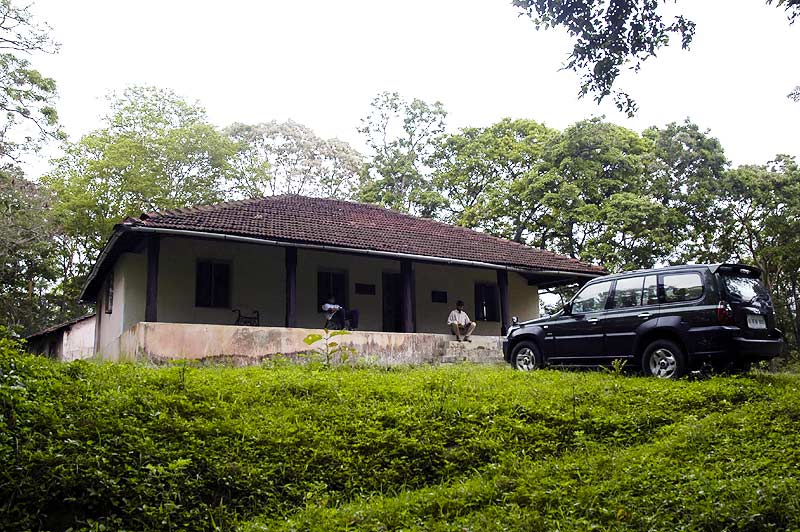
Mount Stuart Resthouse. The resthouse is in Tamil Nadu and I was standing in Kerala while taking this picture.
|
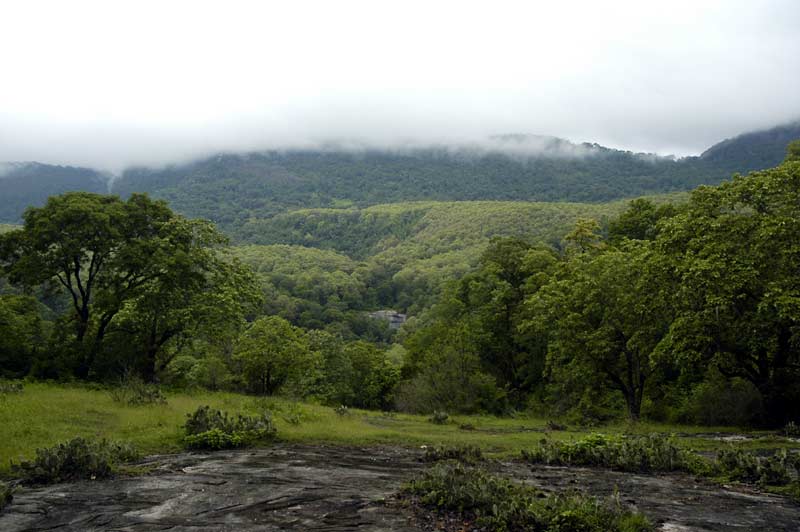
The Backyard of Mount Stuart Resthouse!!!!
|
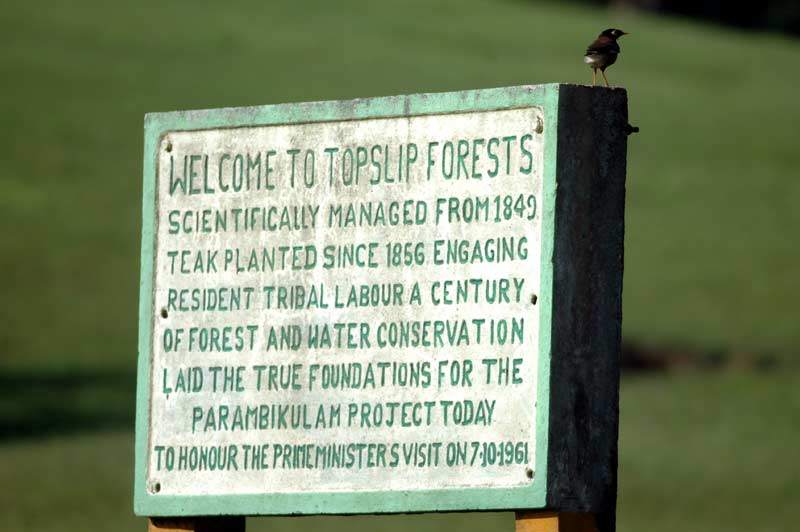
Welcome board at Topslip
|
Copyright yathin.com - 2005
|


























